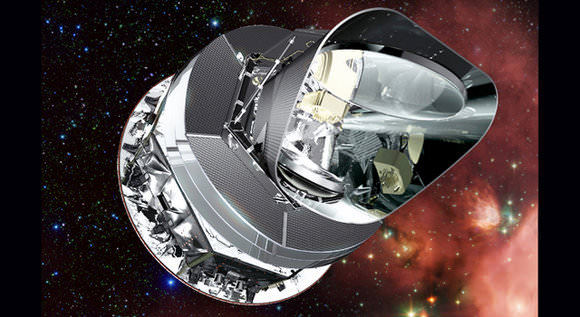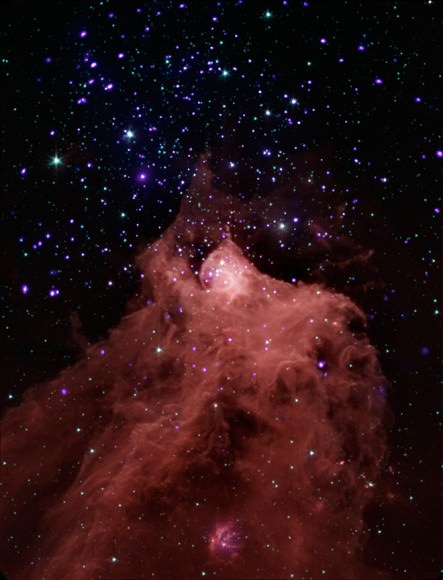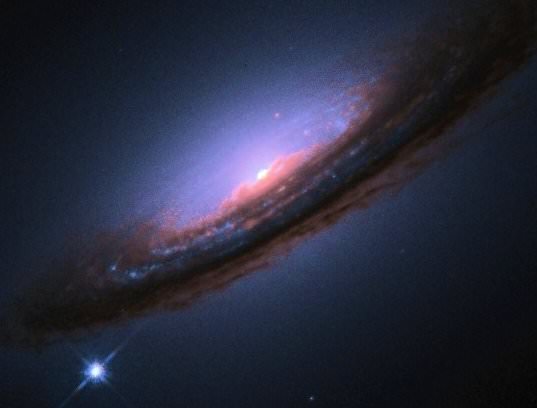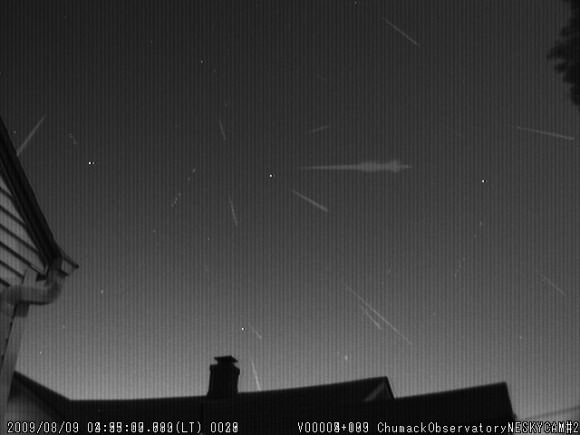Planck Starts Collecting Light Left Over From Big Bang
As of August 13, 2009, the Planck mission is officially in business. It is now seeing light billions of years old, left over from the Big Bang. From its location in the L2 point, the spacecraft started collecting science data as part of the "First Light Survey" which is intended to check out all the systems. If all goes as planned, these observations will be the first of 15 or more months of data gathered from two full-sky scans.
(...)
Read the rest of Planck Starts Collecting Light Left Over From Big Bang (182 words)
NASA Science News for August 14, 2009
A powerful cosmic ray detector to be installed on the International Space Station will search for antimatter galaxies and other exotic phenomena in the Universe.
FULL STORY at
http://science.nasa.gov/headlines/y2009/14aug_ams.htm?list1035898
NASA Doesn't Receive Enough Money for Mandated Asteroid Search
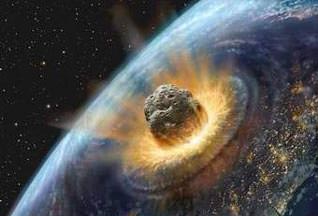
In 2005, the US Congress mandated that NASA discover 90 percent of all near-Earth objects 140 meters in diameter or greater by 2020. But they forgot one minor detail: Congress or the administration did not request or appropriate any new funds to meet this objective, and with NASA's existing budget, there is no way NASA can meet the mandated goal.
Does anyone else see a pattern here?
(...)
Read the rest of NASA Doesn't Receive Enough Money for Mandated Asteroid Search (532 words)
Hunt for Supernovae With Galaxy Zoo

How would you like to find a supernova? I can't think of anyone who wouldn't be proud to say they have spotted an exploding star. And now, perhaps you can – and without all the work of setting up your telescope and staying up all night (well, that can be fun, too, but…). The great folks who brought you Galaxy Zoo have now partnered with the Palomar Transit Factory to offer the public a chance to hunt and click for supernovae from the comfort of your own computer. And yes, you can still classify galaxies at Galaxy Zoo, but now you can search for for the big guns out in space, too. Sound like fun?
(...)
Read the rest of Hunt for Supernovae With Galaxy Zoo (261 words)
Trigger-Happy Star Formation in Cepheus B
Combining data from the Chandra X-Ray Observatory and the Spitizer Space Telescope allowed astronomers to create this gorgeous new image of Cepheus B. Besides being incredible eye candy, the new image also provides fresh insight into how some stars are born. The research shows that radiation from massive stars may trigger the formation of many more stars than previously thought.
(...)
Read the rest of Trigger-Happy Star Formation in Cepheus B (487 words)
Variability in Type 1A Supernovae Has Implications for Studying
The discovery of dark energy, a mysterious force that is accelerating the expansion of the universe, was based on observations of type 1a supernovae, and these stellar explosions have long been used as "standard candles" for measuring the expansion. But not all type 1A supernovae are created equal. A new study reveals sources of variability in these supernovae, and to accurately probe the nature of dark energy and determine if it is constant or variable over time, scientists will have to find a way to measure cosmic distances with much greater precision than they have in the past.
(...)
Read the rest of Variability in Type 1A Supernovae Has Implications for Studying Dark Energy (904 words)
Perseid Radio Astronomy from the Fourth Plinth With Chris Lintot
Within hours, the peak of the annual Perseid meteor shower will begin. If you're worried you'll be clouded out, then let's take a look at a different way that you can observe the activity… without your eyes! (...)
Read the rest of Perseid Radio Astronomy from the Fourth Plinth With Chris Lintott (493 words)
Watching Science in Action on Mars
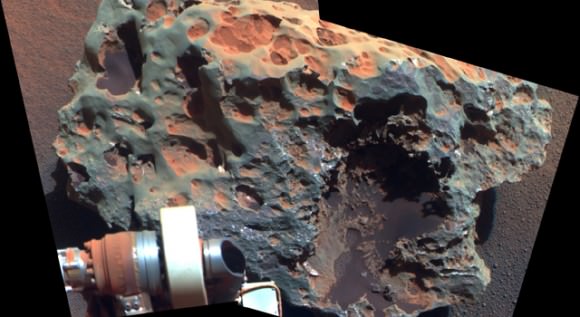
One of the great things about the Mars Exploration Rovers is that we get to see these scrappy little vehicles ramble across the surface of Mars, and watch science in action. Case in point: the meteorite found by Opportunity, dubbed "Block Island." Scientists are debating all sorts of things about this watermelon-sized rock. How old is it? What is it made of? Where could it have come from? But not only are we learning about this alien rock, we're also learning about the Red Planet itself and its environmental history.
See below for a new 3-D version of Block Island created by Stu Atkinson.
(...)
Read the rest of Watching Science in Action on Mars (599 words)
2009 Perseid Meteor Shower – Double Peaks This Year!
Are you ready for this year's Perseid Meteor Shower? What will be the best place to watch and when will be the best date to see the most "shooting stars"? Follow along and let's find out… (...)
Read the rest of 2009 Perseid Meteor Shower – Double Peaks This Year! (753 words)
Early Black Holes Are Starving, Not Feasting
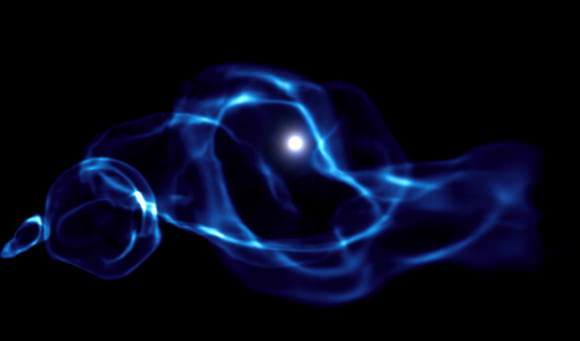
Credit: KIPAC/SLAC/M. Alvarez, T. Abel and J. Wise
A new black hole may not voraciously devour nearby gas — because it may kick out most of the gas in its neighborhood, a new study shows.
(...)
Read the rest of Early Black Holes Are Starving, Not Feasting (508 words)
Sun, Earth Are Unlikely Pair to Support Life
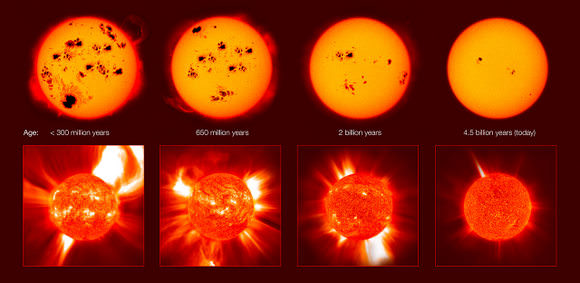
The violent youth of solar proxies. Courtesy of IAU.
We don't know how lucky we are — really.
We know the interaction between Earth and the Sun is a rarity in that it allowed life to form. But scientists working to understand the possibility that it could have happened elsewhere in the Universe are still far from drawing conclusions.
What is becoming clearer is that life probably shouldn't have formed here; the Earth and Sun are unlikely hosts.
(...)
Read the rest of Sun, Earth Are Unlikely Pair to Support Life (804 words)
NASA Science News for August 10, 2009
Like bugs streaking down the side window of a moving car, colorful Perseid Earthgrazers could put on a pleasing show after sunset on Tuesday, August 11th.
FULL STORY at
http://science.nasa.gov/headlines/y2009/10aug_horseflies.htm?list1035898
NASA Science News for August 7, 2009
The International Space Station's new "space porch" is open for business. Barely two weeks after it was installed by the crew of space shuttle Endeavour, the Japanese-built platform is already bustling with experiments in astronomy and space physics--and that's just for starters.
FULL STORY at
http://science.nasa.gov/headlines/y2009/07aug_spaceporch.htm?list1035898
Near-Earth Object Has Two Moons
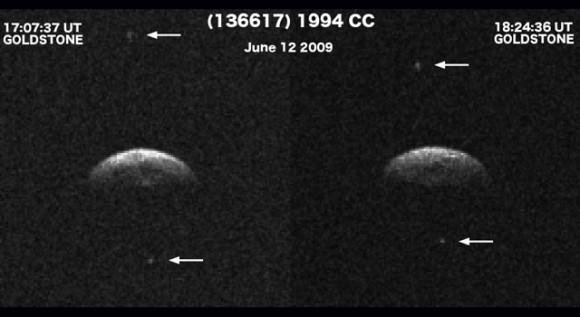
Radar images have shown that a near-Earth object is actually a triple system; an asteroid with two small moons. NASA's Goldstone Solar System Radar on June 12 and 14, 2009, revealed the new informaton about Asteroid 1994 CC. It came within 2.52 million kilometers (1.56 million miles) on June 10. Prior to the flyby, very little was known about this celestial body. 1994 CC is only the second triple system known in the near-Earth population. A team led by Marina Brozovic and Lance Benner, both scientists at NASA's Jet Propulsion Laboratory in Pasadena, Calif., made the discovery.
(...)
Read the rest of Near-Earth Object Has Two Moons (170 words)
Red Hot News… Possible Nova in Sagittarius!
 According to AAVSO Special Notice #164 just sent, there is a possible nova candidate in Sagittarius. It was discovered by Koichi Nishiyama, Kurume, Fukuoka-ken, Japan, and Fujio Kabashima, Miyaki-cho, Saga-ken, Japan, at unfiltered magnitude 7.7 on two 60-second frames taken Aug. 6.494 and 6.495 UT. They confirmed the discovery on five frames taken around Aug. 6.494. (...)
According to AAVSO Special Notice #164 just sent, there is a possible nova candidate in Sagittarius. It was discovered by Koichi Nishiyama, Kurume, Fukuoka-ken, Japan, and Fujio Kabashima, Miyaki-cho, Saga-ken, Japan, at unfiltered magnitude 7.7 on two 60-second frames taken Aug. 6.494 and 6.495 UT. They confirmed the discovery on five frames taken around Aug. 6.494. (...)
Read the rest of Red Hot News… Possible Nova in Sagittarius! (284 words)
